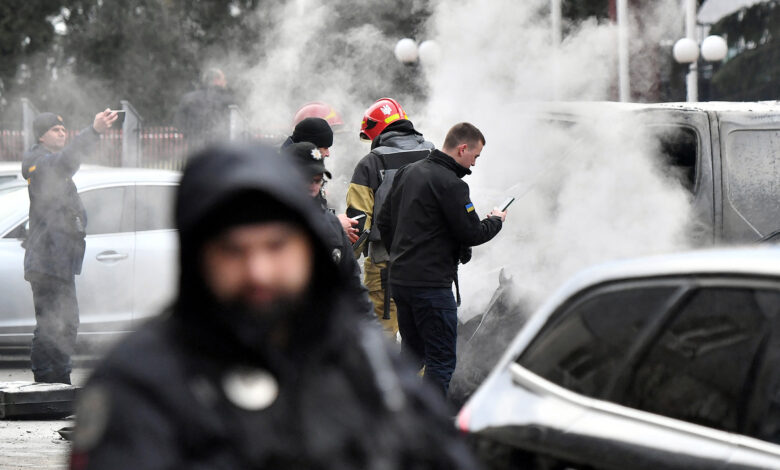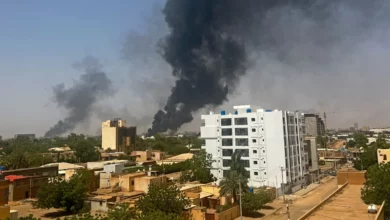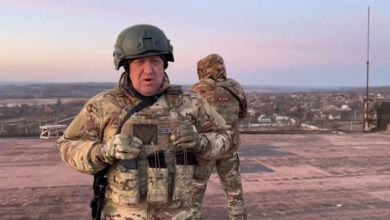
The artillery fire gets worse at night, so Liuba and her husband hold hands. It keeps them safe, she says with a sad nod of her head. She’s standing in what’s left of her garden after it was hit during a particularly bad night a month ago.
The shelling destroyed their neighbor’s home, throwing Liuba and her husband to the floor of their kitchen. Serhei, she says, landed with the fridge on top of him, thankfully more shaken than physically injured. Still, they will not go.
“This is our home,” Liuba told CNN. “Not the Russians’. Besides it’s getting warmer and with the rainwater we collect from buckets, we will survive.”
Liuba and Serhei, who gave only their first names for security reasons, are amongst the last remaining 2,500 residents of Kupiansk, a city in Ukraine’s northeastern Kharkiv region from which the front line has never strayed too far and to which the Ukrainian authorities fear it may be returning once again.
Kupiansk police chief Konstiantyn Tarasov says that ever since mid-February, the din of artillery — both the dull thud of outgoing and the sharper whistle of incoming fire — has been getting unnervingly closer. Russian positions are now less than 5 miles away from a city they occupied at the start of the invasion before losing it to Ukraine’s fall counteroffensive in September.




